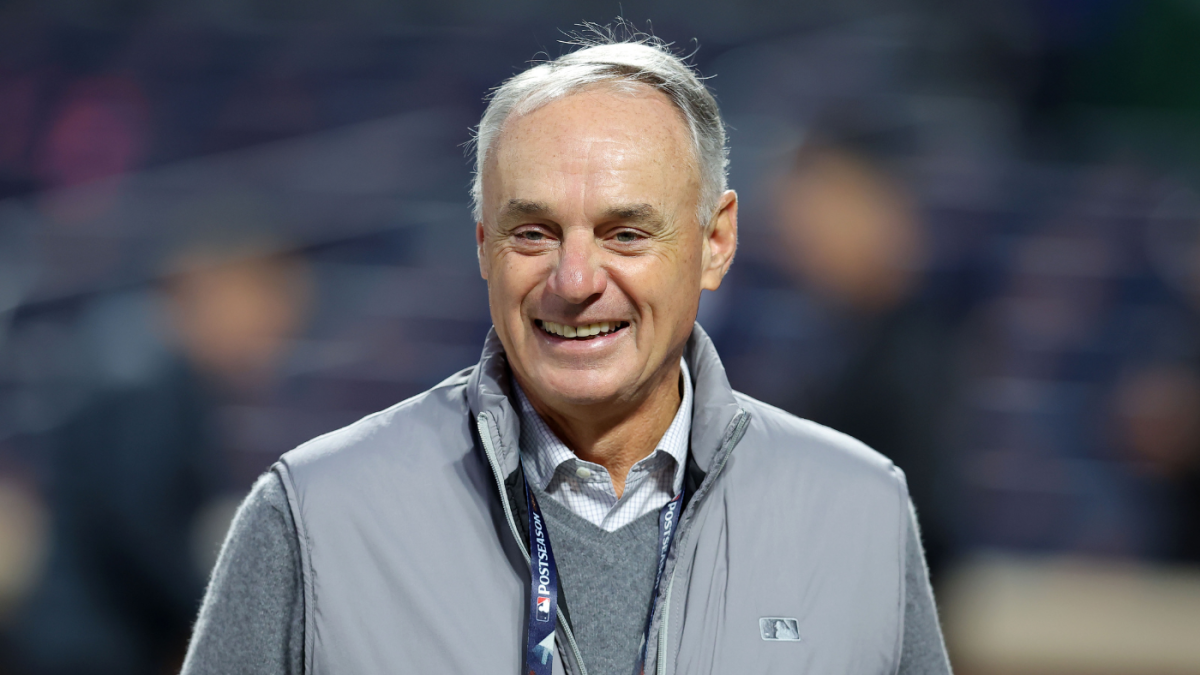The Blackout Dilemma in Major League Baseball
In recent years, one of the most persistent grievances among baseball fans has revolved around Major League Baseball’s (MLB) blackout policy. As the landscape of media consumption shifts dramatically, with more fans opting to cut the cord and abandon traditional cable packages, the demand for change has intensified. The blackout policy, which restricts fans from streaming games in their local markets, has become a significant barrier for many who simply want to enjoy their favorite teams without unnecessary restrictions.
The Impact of Blackouts on Fans
For fans living in areas like North Carolina or Iowa, the blackout policy can be particularly frustrating. These regions often fall outside the traditional boundaries of MLB’s local broadcasting agreements, leaving fans feeling isolated from their favorite teams. The inability to stream games locally not only diminishes the viewing experience but also alienates a growing segment of the fanbase that prefers digital platforms over cable television. As more consumers embrace streaming services, the calls for MLB to reevaluate its blackout policy have grown louder.
Rob Manfred’s Vision for Change
MLB Commissioner Rob Manfred has acknowledged the need for reform in this area. During a recent appearance on John Ourand’s "The Varsity" podcast, he expressed his desire to see a shift in how the league handles broadcasting rights. Manfred articulated a vision where local inventory could be converted into national inventory, thereby expanding the league’s reach. He emphasized that MLB already owns out-of-market rights, and if local rights were also under their control, the league could sell games more flexibly.
Manfred stated, "What I’d like to see happen over time is… if it’s not in a national package, the consumer has the ability to go in, buy what he wants to watch, wherever he is." This statement reflects a growing recognition within the league that the current blackout system is outdated and does not align with modern viewing habits. The idea of allowing fans to access games without the constraints of blackouts is a significant step toward enhancing the overall fan experience.
The Complexity of Changing Broadcast Policies
While Manfred’s comments are promising, the reality of changing the blackout policy is fraught with complications. Existing broadcast contracts often include stipulations that enforce blackout restrictions, making it challenging to implement immediate changes. These contracts are typically long-term agreements that involve significant financial commitments from both the league and the broadcasters. As such, any move to eliminate blackouts would require careful negotiation and consideration of the existing agreements.
The Shift Towards Centralized Streaming
The current landscape of local broadcasting is also undergoing a transformation. Several MLB teams have begun to transition away from traditional regional sports networks, opting instead for centralized streaming platforms. This shift is indicative of a broader trend in sports broadcasting, where teams are exploring new ways to reach their audiences. By offering in-market streaming packages, these clubs are attempting to cater to the evolving preferences of fans who prioritize accessibility and convenience.
This transition not only provides fans with more options for viewing games but also highlights the necessity for MLB to adapt its policies to align with these changes. As teams navigate this new broadcasting environment, the pressure on the league to address the blackout issue will likely continue to mount.
The Future of MLB Broadcasting
As MLB moves forward, the potential for change in the blackout policy appears to be on the horizon. Manfred’s vision for a more consumer-friendly approach to broadcasting could pave the way for a more inclusive viewing experience for fans. The league’s willingness to engage in discussions about eliminating blackouts signals a recognition of the need to adapt to the modern media landscape.
While the path to reform may be complex, the growing demand for change from fans, coupled with the evolving nature of sports broadcasting, suggests that MLB is at a critical juncture. The future of how fans access and enjoy baseball could very well depend on the league’s ability to navigate these challenges and embrace a more flexible approach to broadcasting rights.
